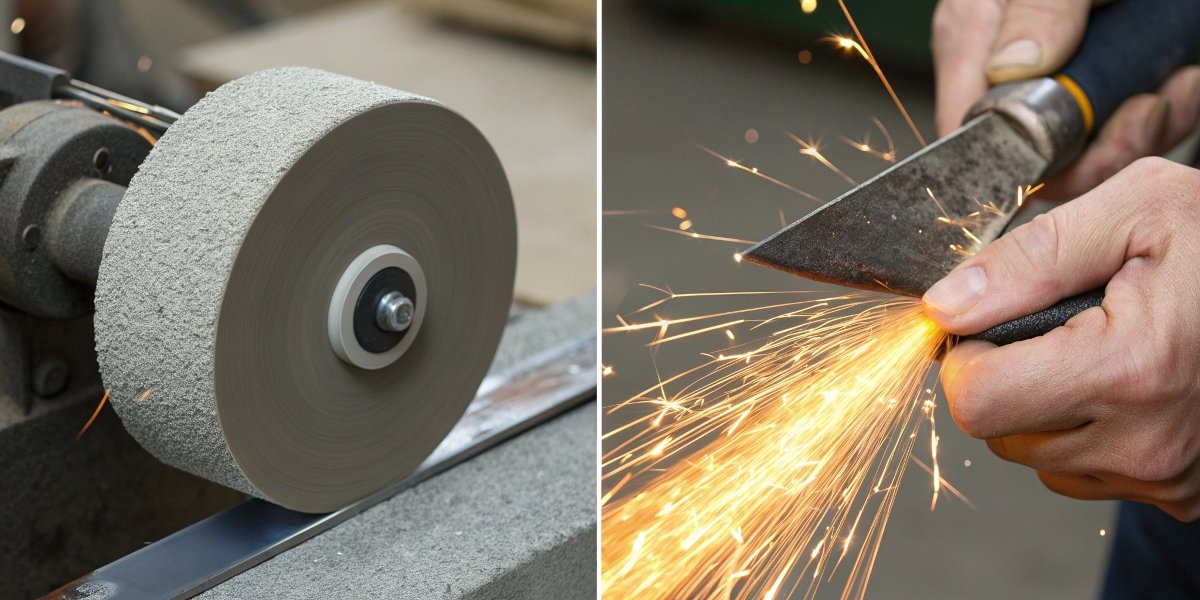
What is the difference between grinding and honing a blade?
A dull blade is a frustrating problem. It slows down production and ruins your workpiece. Using the wrong technique to fix it can cause permanent damage to your expensive tools.
Grinding is the process of removing metal with an abrasive to create a new, sharp edge on a dull or damaged blade. Honing is a much gentler process that does not remove significant material; it simply realigns an existing edge that has become bent or folded.
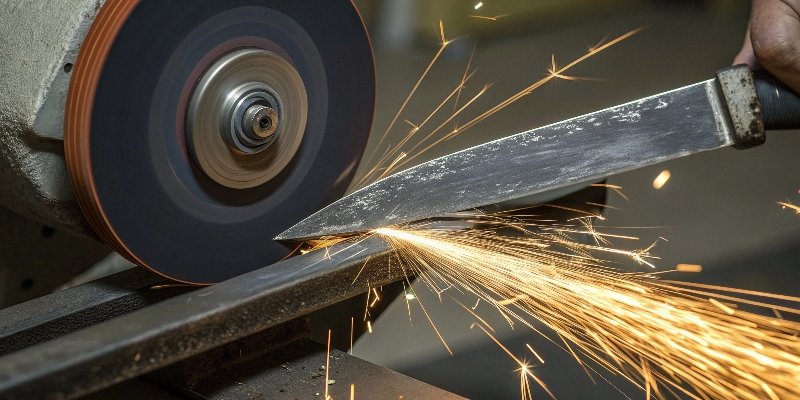
Understanding the right tool for the job is the first step toward efficiency and quality. In our decades of manufacturing abrasive tools, we’ve seen countless companies struggle because they confuse these fundamental processes. One is for major repair and creation, while the other is for routine maintenance. Choosing the wrong one costs time, money, and can even be a safety hazard. Let’s dive deeper into what makes these two methods different, so you can make the best choice for your operation.
Is honing the same as grinding?
Are you confused by these industry terms? Mistaking honing for grinding can severely damage your blades and lead to expensive replacements. Let’s clear up this common and costly misunderstanding.
No, honing is not the same as grinding. Grinding is an aggressive material removal process used to shape or sharpen a blade from scratch. Honing is a gentle process that simply straightens and realigns an existing sharp edge.
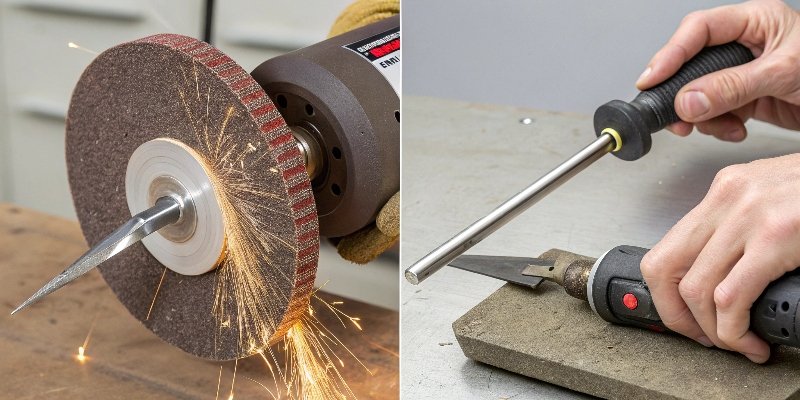
The core difference between grinding and honing lies in their purpose and how they work. Grinding1 is like major surgery for a blade. It uses a fast-spinning abrasive wheel, like the ones we produce in our factory, to shear away metal. This is what you do when a blade is very dull, chipped, or needs its angle reshaped. It creates a completely new edge.
Honing, on the other hand, is like a tune-up. Over time, a sharp edge can get microscopic folds or waves, even if it hasn’t lost its point. A honing rod pushes these bent parts of the edge back into a straight line. It removes almost no material. Think of it as preventative maintenance. In my experience, clients who understand this distinction get a much longer life from their tools. They use our grinding wheels for the heavy lifting and then rely on honing for daily upkeep.
Here is a simple table to show the main differences:
| Feature | Grinding | Honing |
|---|---|---|
| Purpose | Create a new edge, repair damage | Maintain an existing edge, realign the blade |
| Material Removal | High | Very low to none |
| Process | Aggressive, uses high-speed abrasives | Gentle, uses low-speed friction |
| Tool Example | Bench grinder2, whetstone, abrasive belt | Honing steel, ceramic rod, leather strop |
| Frequency | Infrequent (only when truly dull) | Frequent (can be done before each use) |
Does honing a blade make it sharper?
Your blade still feels dull even after you’ve honed it. You might be performing maintenance when you really need to sharpen it. Discover why honing isn’t always the answer to a dull edge.
Honing restores a blade’s cutting performance by realigning a sharp edge, but it cannot make a dull, rounded edge sharp again. If the edge has worn away, it must be ground or sharpened to create a new one.
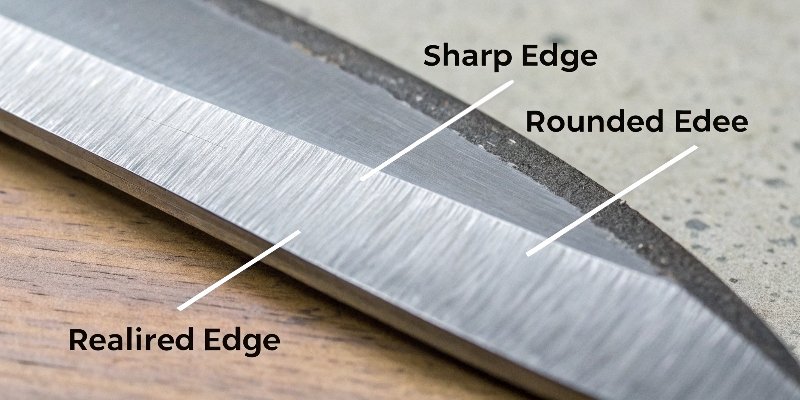
Think of a sharp edge on a microscopic level. It’s the perfect meeting point of two surfaces, forming a very fine "V" shape. As you use the blade, this V-shaped edge can get pushed to one side, almost folding over. The blade is still technically sharp, but the edge is no longer pointing straight, so it can’t cut cleanly. Honing3 pushes that folded edge back into alignment, restoring its cutting ability. This makes the blade perform like it’s sharper.
But what if the tip of that "V" has been worn down completely? Now you have a rounded edge. There is no fine point left to realign. If you try to hone a rounded edge, you are just running your honing steel over a blunt surface. Nothing will happen. In this case, you need to sharpen the blade. Sharpening, often done by grinding, removes material from the sides of the blade to create a new, perfect V-shaped edge. So, honing maintains sharpness, but only grinding or sharpening can create it.
Is honing easier than sharpening?
Are you worried about damaging your tools with a powerful grinder? The process of sharpening can be intimidating. Let’s look at whether honing is actually the simpler and safer choice for you.
Yes, for routine upkeep, honing is much easier and safer than sharpening. It requires less technical skill to perform correctly and carries a very low risk of accidentally damaging the blade. Sharpening is a more complex skill.
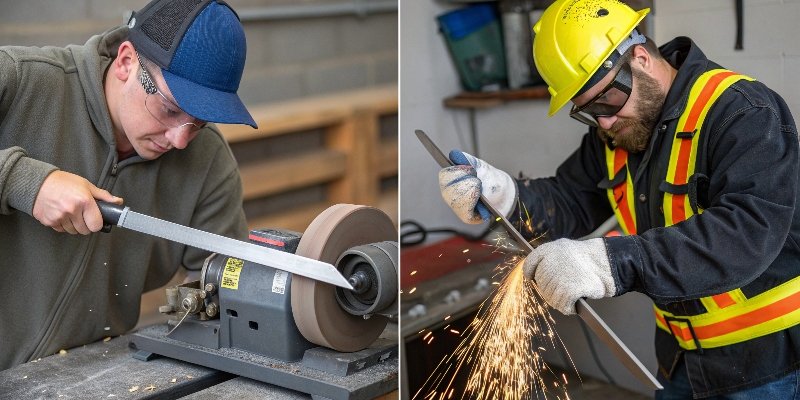
Honing is a skill almost anyone can learn quickly. Most honing tools, like a steel rod, are designed for handheld use. The goal is to lightly glide the blade along the rod at a consistent angle. Because you are not removing much material, making a small mistake with the angle is not a disaster. It is a forgiving process designed for frequent use. Many professional chefs hone their knives before every shift.
Sharpening4, especially with a machine grinder, is a different story. Here, you are actively removing steel to shape the blade. You need to hold a precise angle consistently. If you don’t, you can create an uneven edge or ruin the blade’s geometry. Worse, applying too much pressure on a grinding wheel can generate heat. Excessive heat can ruin the temper of the steel, making a blade soft and unable to hold an edge. At our factory in Henan, we build precision into our grinding wheels, but the final result always depends on the skill of the operator and the quality of their machinery. Sharpening requires more knowledge, practice, and concentration than honing.
What is the difference between grinding and sharpening?
Are grinding and sharpening just two words for the same thing? Using these terms incorrectly can cause big mix-ups with suppliers and result in costly ordering errors. Let’s define them clearly.
Sharpening is the overall process of creating a fine edge on a blade. Grinding is a specific method of sharpening that uses a spinning abrasive wheel to remove material quickly. All grinding is a form of sharpening, but not all sharpening is grinding.
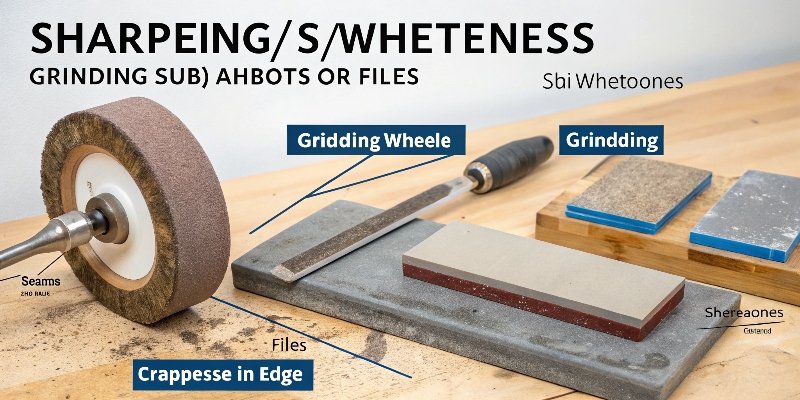
Think of "sharpening" as the main goal. Your objective is to make a dull tool sharp. There are several ways you can achieve this goal.
Grinding as a Method
Grinding is the most common sharpening method in industrial settings. It is fast, powerful, and efficient. At our Reliable abrasive factory, we produce diamond grinding wheels for cutting superhard alloys and conventional grinding wheels for standard steels. When a client needs to shape thousands of tools or quickly restore a heavily damaged blade, grinding is the best solution. It is the heavy-duty, high-speed method of sharpening.
Other Sharpening Methods
Besides grinding, you can sharpen tools in other ways. For example, using a whetstone or a diamond plate by hand is also sharpening. This is technically a manual form of grinding, but it is much slower and offers more control. You could also use an abrasive belt sander or even a simple metal file on very soft metals. All these methods fall under the general category of sharpening.
So, when you talk to a supplier like us, being specific matters. If you say you need to "sharpen" a tool, we will ask more questions. Do you need to remove a lot of material quickly? Grinding is your answer. Do you need to create a refined, polished edge? Then a finer grit abrasive or a different process might be better. Grinding is a type of sharpening, but it refers specifically to using abrasives to remove material at a high rate.
Conclusion
In summary, use grinding to create or repair an edge, and use honing to maintain it. Knowing this simple difference will help you keep your tools in peak condition.
-
Explore the grinding process to understand how it effectively sharpens and repairs blades. ↩
-
Get insights on using a bench grinder safely and effectively for sharpening blades. ↩
-
Learn about honing to see how it helps maintain your blade’s sharpness without removing material. ↩
-
Discover various sharpening methods to choose the best one for your tools. ↩
Written by
leeon
You may also be interested in:
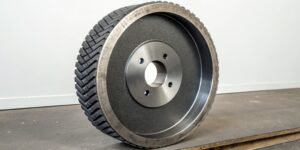
What's the application of CBN Wheels?
Struggling with grinding hard steels? Frequent wheel changes and poor finishes can hurt your bottom line. We have found that CBN wheels provide the durability
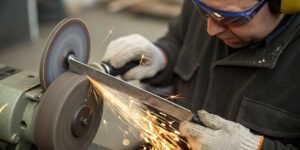
How to sharpen a knife on a bench grinder?
Is your dull knife slowing you down? A bench grinder seems like a quick fix, but you’re worried about ruining the blade. You need a
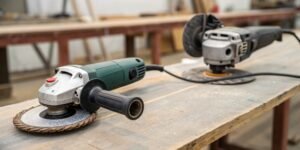
Can you use an angle grinder as a sander?
Your sanding project is tough, and your regular sander is not powerful enough. You look at your angle grinder. It has the power, but is
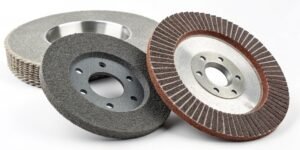
How to judge the quality of a grinding wheel?
Choosing the wrong wheel wastes money and ruins parts. Poor quality leads to downtime and rejection. A few key checks can guarantee you pick the

What is low stress grinding?
Struggling with parts failing due to hidden stress from grinding? This common issue causes cracks and reduces component life, costing you money. Low stress grinding
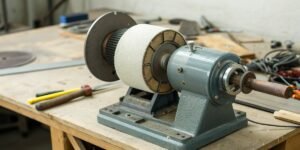
The rotor in my reluctance motored bench grinder won't spin?
Your bench grinder is humming, but the wheel isn’t moving. This frustrating problem can stop your work dead. It’s a common issue, and the fix
